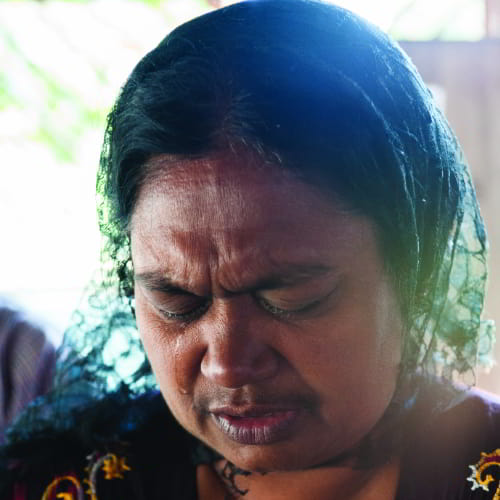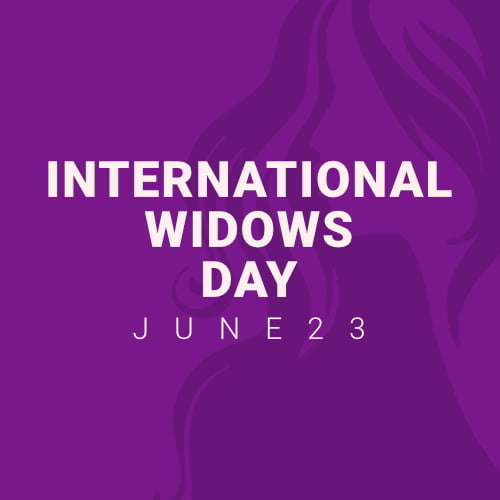Shedding Light on the Plight of Widows: The Significance of International Widows Day
On June 23rd each year, the global community comes together to observe International Widows Day. Launched in 2010 by the United Nations, this awareness day seeks to spotlight the often overlooked struggles faced by widows worldwide. It calls for concrete action to uphold the rights and dignity of the estimated 258 million widows globally.[1]
International Widows Day was established after activist and philanthropist Lord Loomba lobbied the UN for years to recognize the human rights violations experienced by widows in many countries.[2] The date of June 23rd was chosen specifically because it was the anniversary of the day Loomba’s own mother became a widow in 1954.
Moved by his mother’s plight as a widow in South Asia, Lord Loomba founded the Loomba Foundation in 1997 to advocate for widows’ rights. The organization champions education, poverty eradication and remarriage for widows. It also works to raise awareness of widows’ marginalization.[3]
In 2010, the UN officially designated June 23rd as International Widows Day after adopting a resolution submitted by the Loomba Foundation. The resolution calls for member states, civil society and other stakeholders to “devote attention to the situation of widows and their children”.[4]
This global awareness day is incredibly significant for bringing the often unspoken struggles of widowed women to the forefront. Widows make up 9.1% of all women of marital age worldwide,[5] yet their issues have historically been invisible in research, data, policy and public attention.
International Widows Day provides a platform to give voice to widows’ experiences, share the stark realities they face, and mobilize action on their behalf. It also allows them themselves to connect and advocate together for widows rights empowerment.
The day generates vital dialogue and research on topics like:
- Economic deprivation and poverty among widows
- Lack of inheritance rights and property dispossession
- Physical/sexual abuse and harmful traditional practices
- Social stigma and discrimination
- Grief support and psychological needs
This knowledge can inform legal reforms and targeted assistance for widows support programs.
Since its inception, International Widows Day has elevated awareness and catalyzed progress worldwide:
- Events, marches & conferences now mark the day across Africa, Asia, Europe and beyond.
- In 2011, the first UN report dedicated to widows’ issues was released on the day.[6]
- Research bodies like the Loomba Foundation publish reports annually to coincide with the day. [7]
- Media coverage significantly increases, bringing widows’ stories to global attention.[8]
- Advocacy campaigns around widows’ rights intensify in the lead-up to the day.
- Governments often announce new policies to empower widows timed with the day. Nepal passed historic reforms in 2015.[9]
- Aid organizations highlight widows’ needs through campaigns on the day, increasing donations.
This momentum continues annually, propelling action long after International Widows Day. The day has brought substantial progress over the past decade.



Comments
Post a Comment